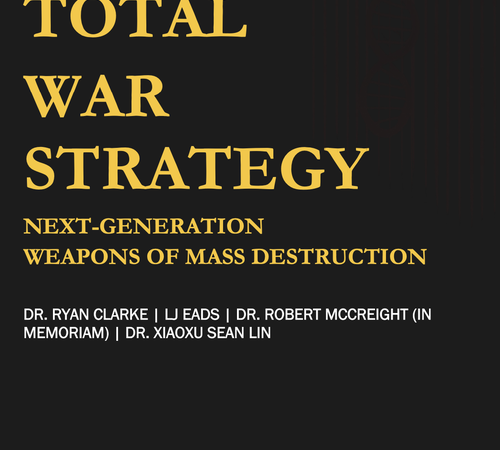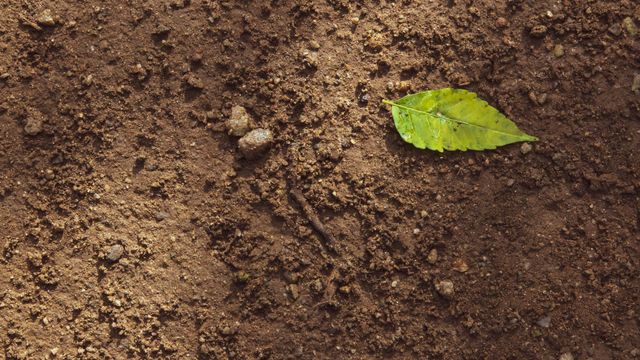University of Queensland restarts vaccine trials after HIV false positives
“This progress has been possible through the continuing support from CEPI, the Queensland and Australian governments and philanthropic partners.”
The SARS-CoV-2 virus has a spike protein, which is used by the virus to invade the body’s cells, but is also how the immune system detects that there is a virus to fight off.
The belief behind UQ’s clamp technology is that its vaccine can neutralise the virus, while using a molecular clamp made up of amino acids to hold the spike protein in place, in the right shape, so the body could learn how to fight it without getting sick.
The issue for UQ in 2020 arose from how the scientists made the original clamp in their vaccine. Creating a clamp is a challenging exercise and one of the most successful ones in development had used a fragment of a protein found in HIV. While this fragment was harmless, it caused the body to elicit chemicals that were detected on tests as HIV.
The new vaccines will be manufactured at the Queensland branch of the National Biologics Facility, within UQ’s Australian Institute for Bioengineering and Nanotechnology.
Melanie Saville, CEPI executive director of vaccine research and development, told AFR Weekend the investment in UQ’s trials formed part of what it calls its “100-day mission”.
“To put it in the context of COVID-19, what happened was the first vaccines were used in December 2020 and there were already 68 million cases of COVID at that time. If we’d done it in 100 days, it would have been in April … and the impact would have been far greater,” she said.
“We’re looking at a number of different things you need to do, one of which is the technology to get to a safe and effective vaccine in 100 days.
“One of the things with the molecular clamp is because it clamps the spike protein in a form that you know is going to produce the best immune response … it can be adapted to a number of different viruses very quickly and should be able to be made at scale quite quickly.”
UQ associate professor Dan Watterson, who spearheaded the redesign of the clamp, emphasised that the point of this trial was not to rush a new COVID-19 vaccine to market.
“This is about the role this technology could play in safeguarding against future pandemics, and ensuring we have an Australian-based rapid-response vaccine pipeline and the team and infrastructure ready to deliver clinical-grade material should it be needed in the future,” Dr Watterson said.
“Having this capability in Queensland complements planning for a new Translational Manufacturing facility at the TRI, a facility that will support future efforts to progress therapeutic and vaccine candidates through the clinical trials process and to market.”
Some of Australia’s biggest companies have also made donations to UQ to bring the vaccine to life, including the BHP Foundation, Newcrest, Glencore, the Paul Ramsay Foundation, RACQ and its members, A2 Milk, The Lott and Aurizon.



